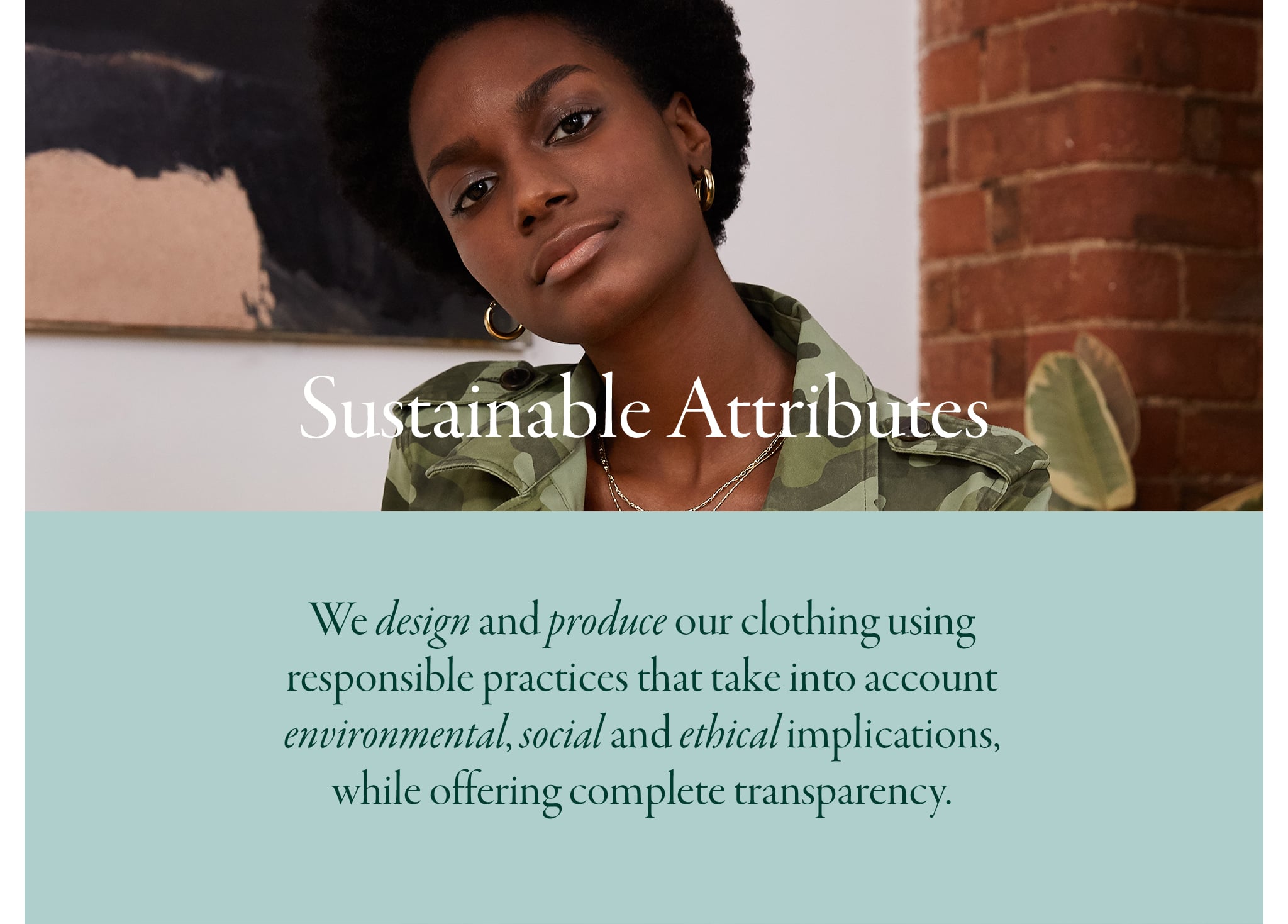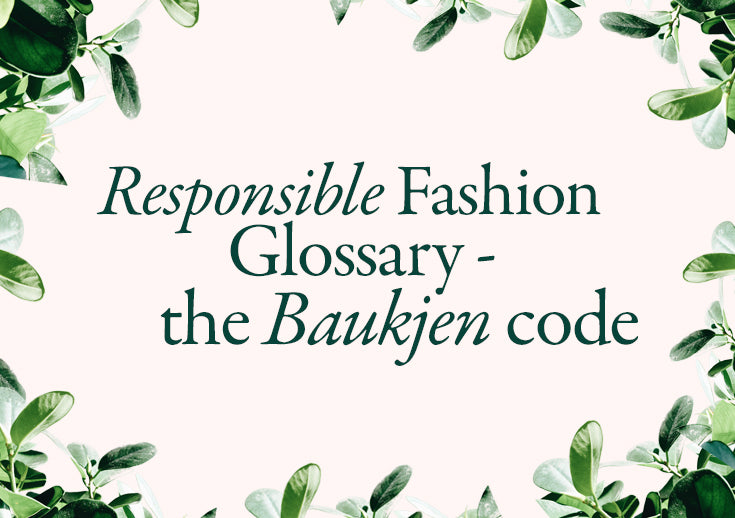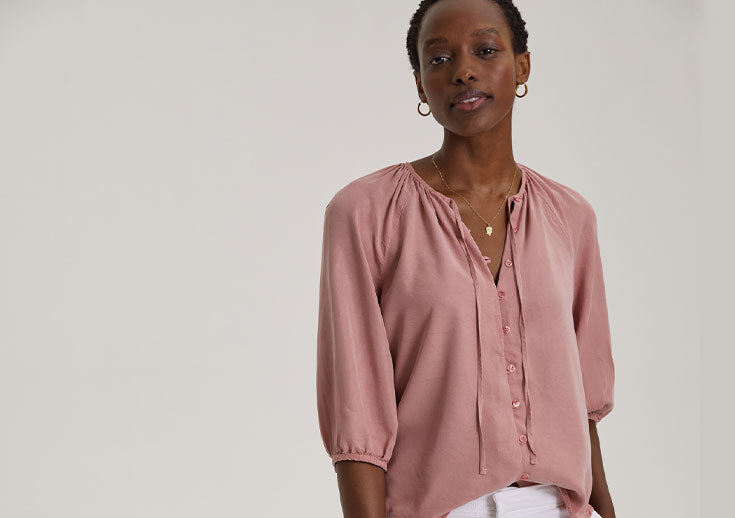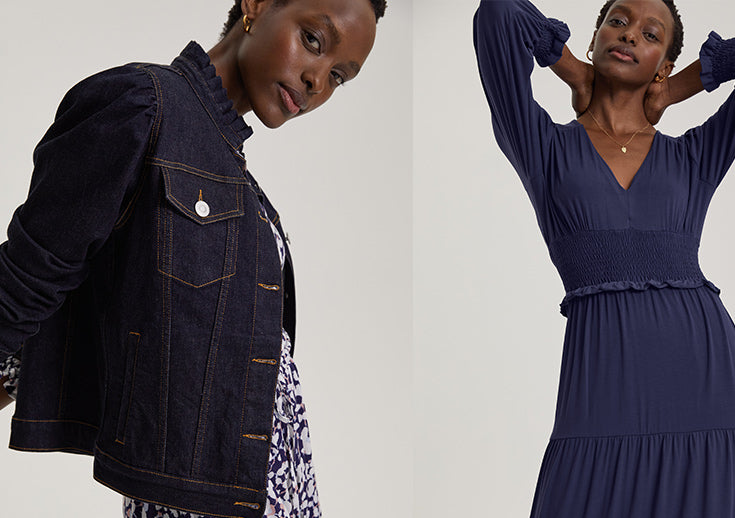For us, it is vital that we give back what we take by looking at fashion as part of the circular economy. It’s based on the principles of designing out waste and pollution, keeping products and materials in use, and regenerating natural systems. We aim to eliminate waste by designing with longevity ensuring the garment remains in perpetual cycles of use and reuse.
A garment’s life cycle begins with the fibre or crop it’s made from. We then consider how and where it’s woven, knitted or tanned into the fabric we use. Knowing the provenance of the materials we use has never been so important and we consider every element to create kinder clothing.
In order to allow you to make an informed choice, we offer insights into the sustainable attributes for each item in our collection.

Ethically made

Low impact

Raw Material Traced

By-product

Mulesing free
Natural Fibres

Made in Europe
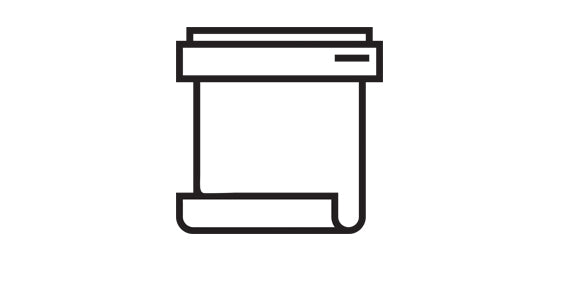
Low Impact Dyes

Recycled Materials
Organic
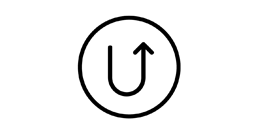
Upcycled

Vegan

Low Carbon
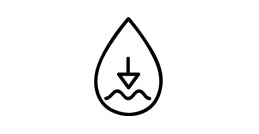
Low water use



